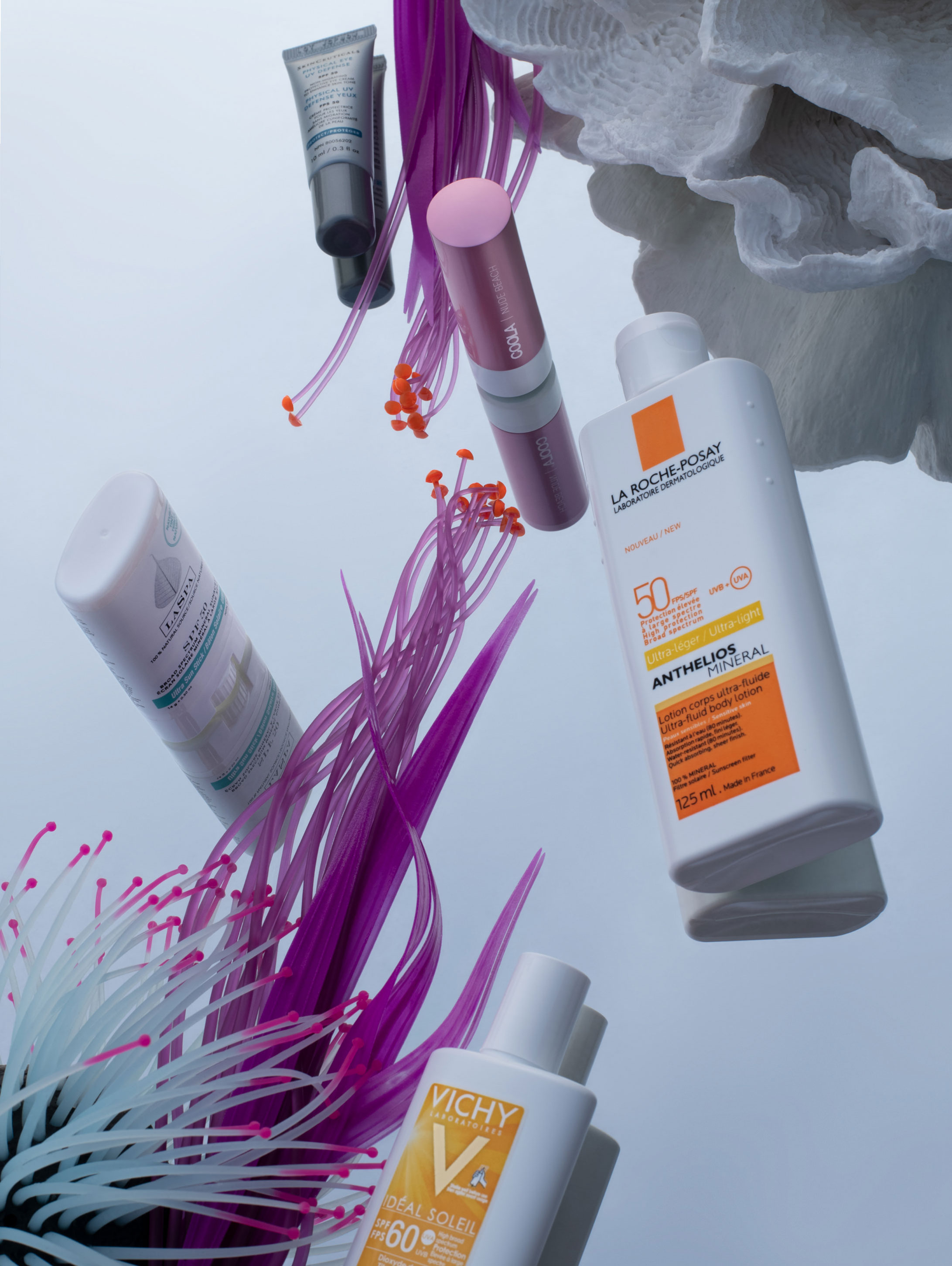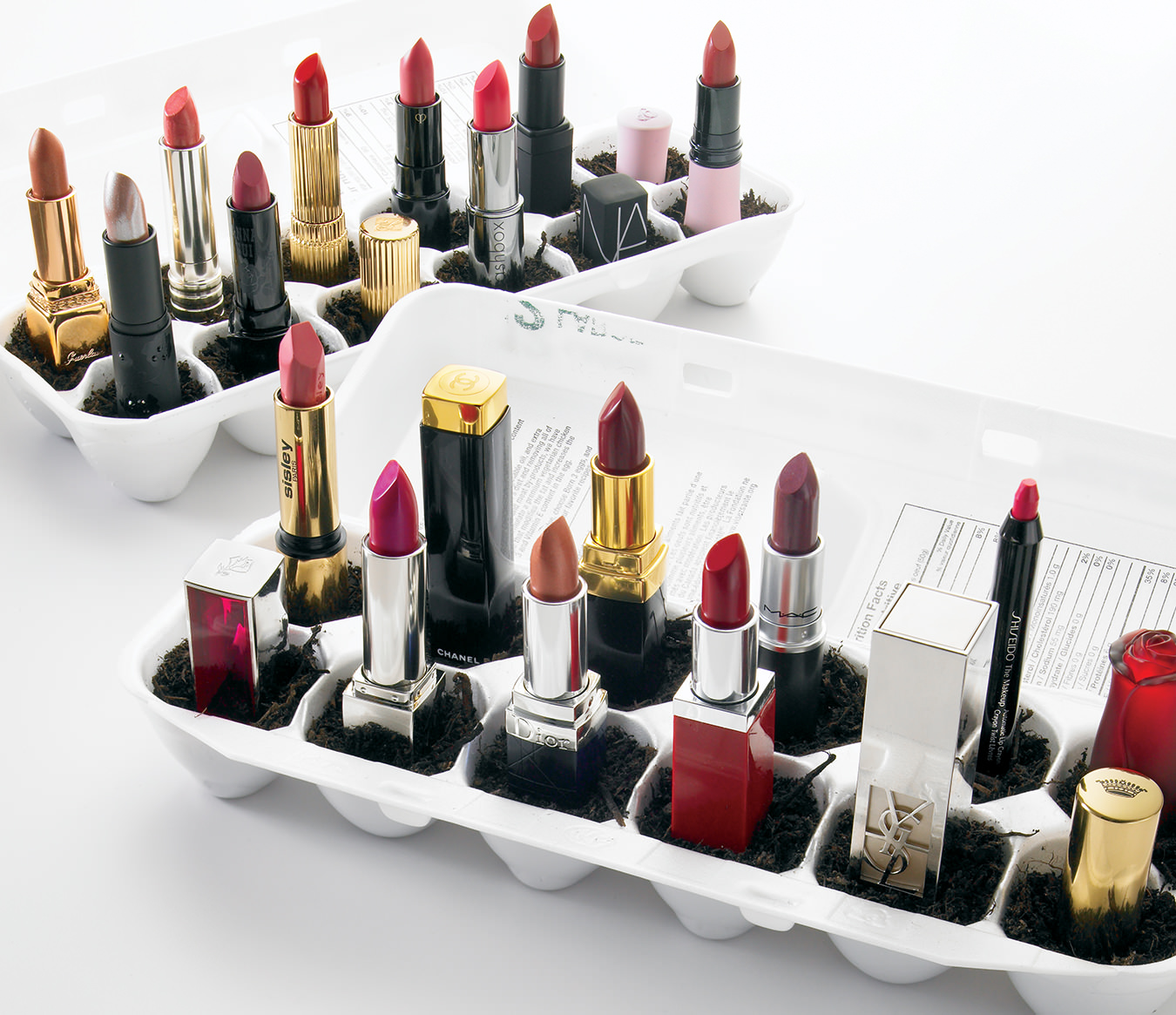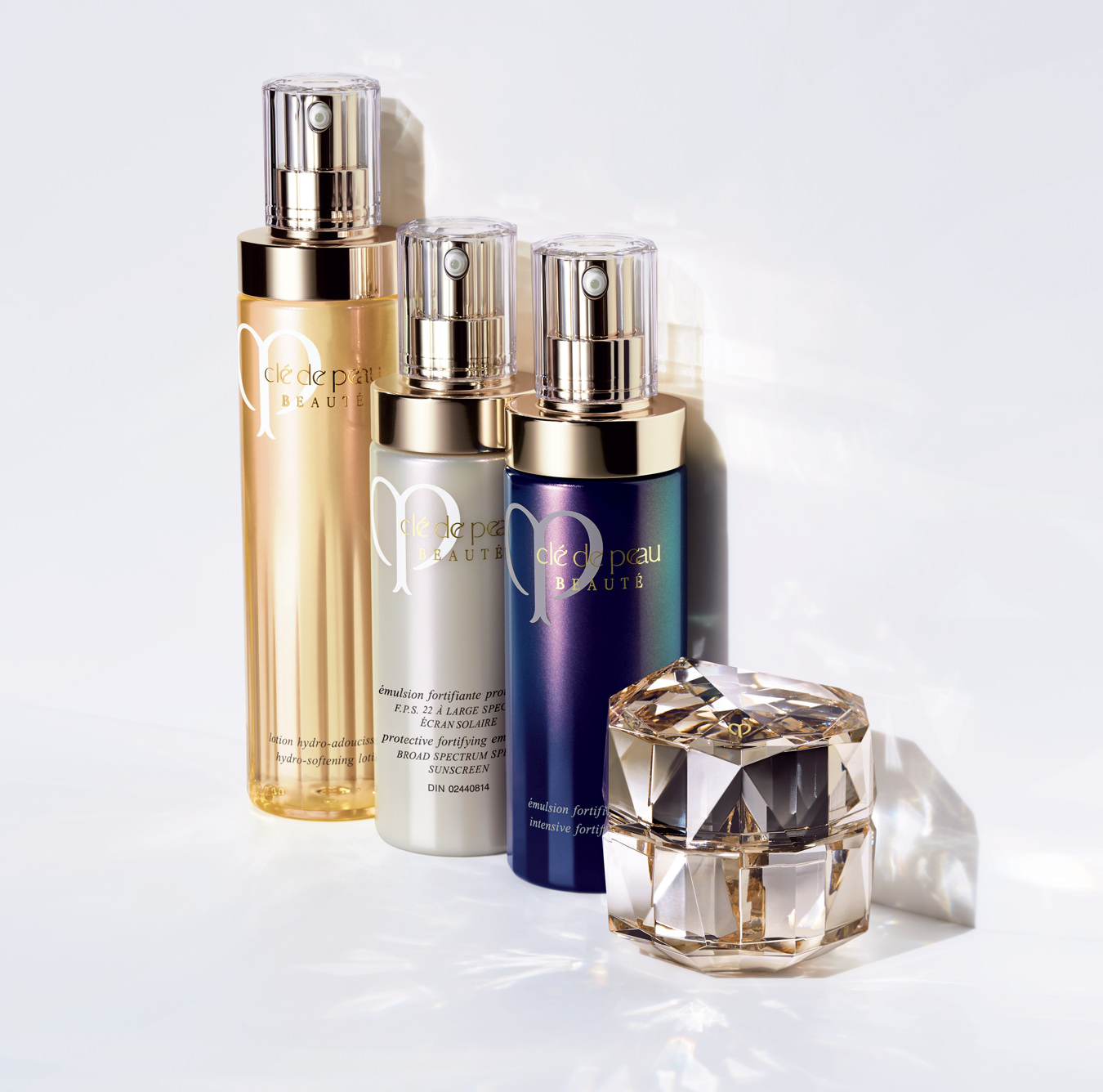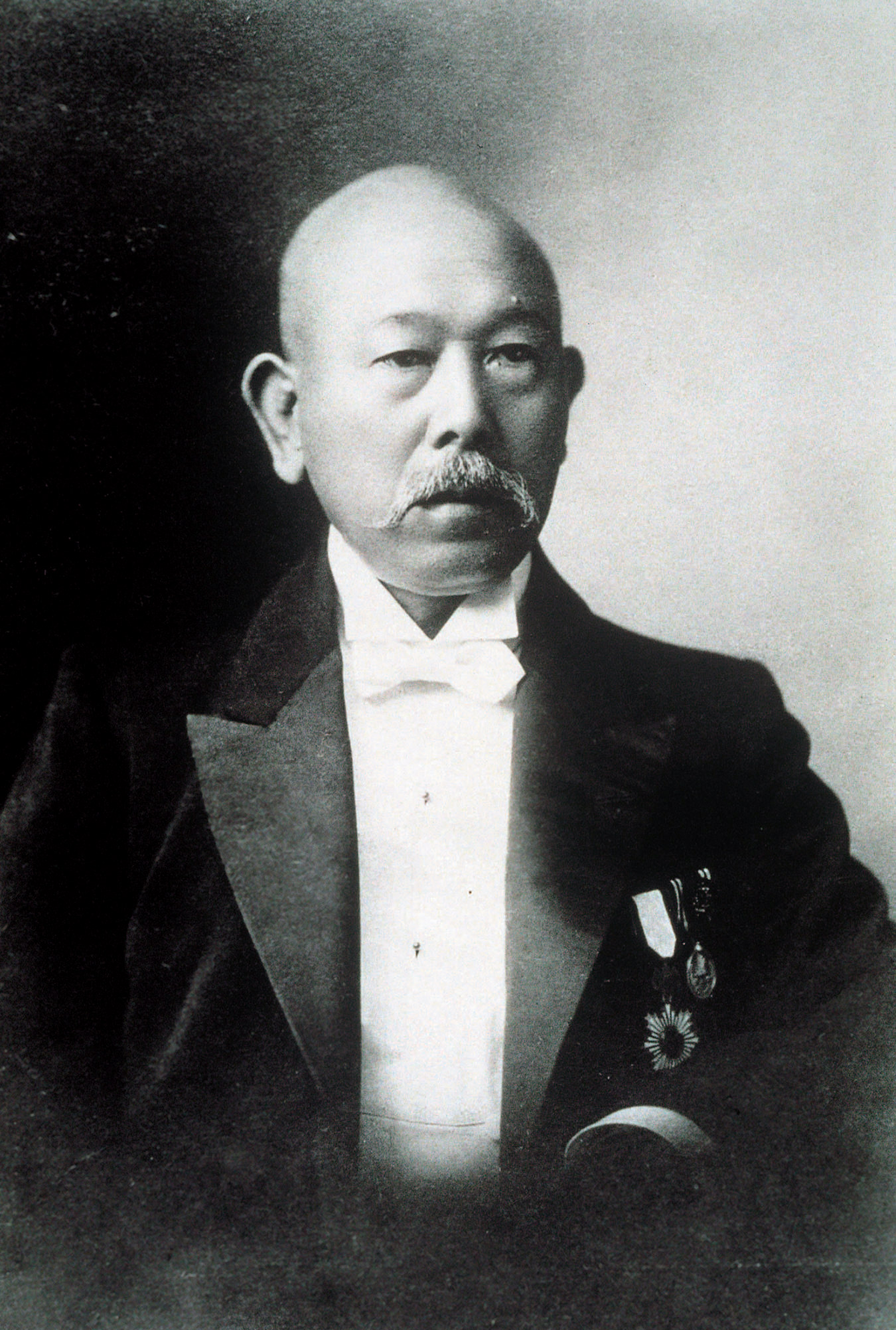The Mineral vs Chemical Sunscreen Debate
What’s the difference between chemical and mineral sunscreens? Be in the know and know what to use.

A new wave of mineral sunscreen products includes SkinCeuticals Physical Eye UV Defense SPF 50; Coola Mineral Liplux SPF 30; La Roche-Posay Anthelios Mineral Ultra-Fluid Body Lotion SPF 50; Vichy Ideal Soleil Ultra-Fluid Mineral Tinted Lotion SPF 60; and LASPA Naturals SPF 50 Ultra Sun Protection Stick.
In the late 1990s, film director Baz Luhrmann had a surprise hit with the spoken-word advice piece, “Wear Sunscreen”: “If I could offer you only one tip for the future, sunscreen would be it. The long-term benefits of sunscreen have been proved by scientists.”
The song has weathered the passage of time well. “We know unequivocally that UV exposure causes skin cancer and photoaging,” says dermatologist Dr. Shannon Humphrey, medical director at Carruthers & Humphrey Cosmetic Dermatology in Vancouver. “We also know that people using sunscreens have a reduced incidence of skin cancer and improved photoaging.”
There is, however, disagreement over the type of sunscreen we should be using. There are two varieties: chemical, which reacts with UV rays to prevent them from being absorbed into skin; and physical—also known as mineral—containing titanium dioxide and zinc oxide, which reflect UV rays. Humphrey says both varieties protect you equally well from the UVA rays that cause premature aging and the UVB rays that cause burning (both can cause skin cancer).
If the two types of sunscreen are on par, why hasn’t one knocked the other out of the market? They each have advantages and disadvantages. Chemical sunscreens often contain ingredients that have been linked by the clean beauty movement to endocrine issues and cancer, though Dr. Humphrey says that’s not borne out by the science. It is a fact, though, that chemical sunscreens are more likely to irritate. “After merging with a UVA/B ray, chemical sunscreens kick back off the skin in the form of heat, which can be super uncomfortable for sensitive skin,” explains Andrew Morgan, education manager for beauty brand IT Cosmetics.
Ingredients in chemical sunscreens are also connected with harm to the marine environment. “They can damage the DNA of coral, and studies suggest that some specific ones, including oxybenzone, can make the effects of climate change on coral worse,” says Sara Cannon, a PhD candidate at UBC who specializes in coral reef resilience. However, she points out, many studies are done in labs using high concentrations of the chemicals that would not usually be found in natural environments. Even so, people are so concerned about marine damage that oxybenzone sunscreen bans have been approved for places like Hawaii and Key West, Florida.
“Chemical sunscreens can damage the DNA of coral, and studies suggest that some specific ones, including oxybenzone, can make the effects of climate change on coral worse,” says Sara Cannon.
Because of the combination of concerns about risk to humans and the environment, the U.S. Food and Drug Administration in early 2019 proposed new regulations on sunscreens. It deemed only mineral sunscreens safe and effective based on current data. “If [these proposals] are adopted, many of the popular chemical sunscreen brands will be off the market permanently in the U.S., and Canada will likely follow suit,” says Susan Mey, president and founder of Canadian mineral sun-care specialist LASPA Naturals.
Zinc oxide and titanium dioxide are white, and in the past, that meant mineral products gave skin a ghostly cast, and were typically heavy feeling—no longer. Along with the perceived risks of chemical products, interest in mineral sunscreens is on the rise.
“UVA rays are causing damage to the skin by generating free radicals, and the best way to stop free radicals from causing skin damage is to use antioxidants,” says Kateline Turgeon, director of training for La Roche-Posay Canada. Most mineral sunscreens these days contain an antioxidant such as vitamin C. La Roche-Posay’s Anthelios Mineral Ultra-Fluid Body Lotion SPF 50 is a favourite of many dermatologists. The titanium dioxide in its formula is micronized (reduced to a tiny size) so that the formula is relatively sheer, though it may still be too white for darker skin tones. Similarly ghostly pale, and not particularly new, but especially good for people who enjoy outdoor sports, is Shiseido’s Ultimate Sun Protection Lotion WetForce for Sensitive Skin and Children SPF 50+. When exposed to water or sweat, the sun protection in this formula becomes stronger, and it’s suitable for delicate skin.
Manufacturers also tint the mineral ingredients to cancel out the whitening effect and give a touch of makeup coverage. This is the approach used by Vichy for its new Ideal Soleil Ultra-Fluid Mineral Tinted Lotion SPF 60. “With tinted mineral sunscreens such as Vichy’s, try adding a couple of drops of your foundation in order to achieve the perfect match to your skin,” says Ariane Beaulieu-Sirois, Vichy’s regional trainer in Montreal. The lotion also contains micronized minerals for a sheer, fluid texture.
IT Cosmetics goes a step further with its Your Skin But Better CC+ Cream with SPF 50+. It comes in three finishes: Natural, Illuminating, and Matte, all of which offer medium-to-full coverage and contain anti-aging skin-care ingredients in addition to antioxidants. The brand has created 12 shades in each of the three formulations, going from very pale to deep.
“UVA rays are causing damage to the skin by generating free radicals, and the best way to stop free radicals from causing skin damage is to use antioxidants,” says Kateline Turgeon.
Another area where innovation is happening is in how the product is delivered. Mineral sunscreen powders such as Colorescience Sunforgettable have been around for a while. LASPA Naturals’ latest launch is SPF 50 Ultra Sun Protection Stick, a tinted stick that is easy to apply on the go, especially on vulnerable spots such as the bridge of the nose and backs of the hands.
The scalp is also highly exposed, which is why U.S. sun-care brand Supergoop! created Poof Part Powder. As well as zinc oxide and antioxidants, the product contains silica to absorb oil, so it doubles as a dry shampoo.
Lips and eyes are also particularly vulnerable to sun damage because the skin is thin and delicate. “The eye area has one of the highest incidences of skin cancer development, predominantly caused by excess sun exposure,” says Chloe Smith, national education and scientific communications manager for SkinCeuticals. The brand has created Physical Eye UV Defense SPF 50 specifically for the undereye and eyelids. The tinted cream protects skin without irritating or looking shiny. “Mineral filters also offer a skin-smoothing cosmetic effect that helps prime the eyes for concealer and eyeshadow application,” says Smith. And brand Coola offers a product for the lips—Mineral Liplux SPF30, which comes in eight shades that work as lipstick, blush, and highlighter.
Sun-care brands are continuing to explore more formats including sprays, hand creams, eyeshadows, and dry oils. With the FDA’s commitment to revisiting regulations, there’s a lot of uncertainty about how the market as a whole will evolve, but one thing remains clear: Baz Luhrmann got it right. 
_________
Never miss a story. Sign up for NUVO’s weekly newsletter, here.




